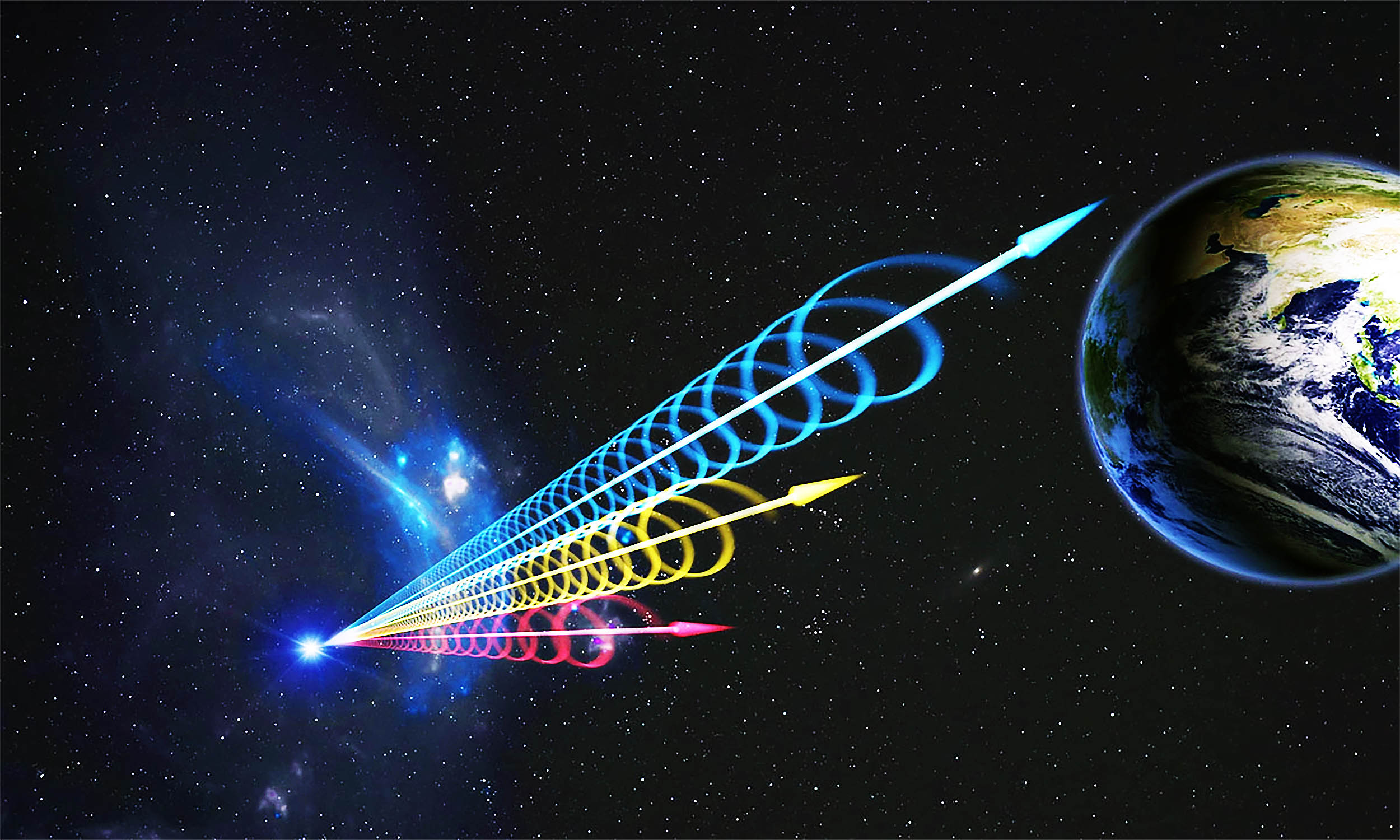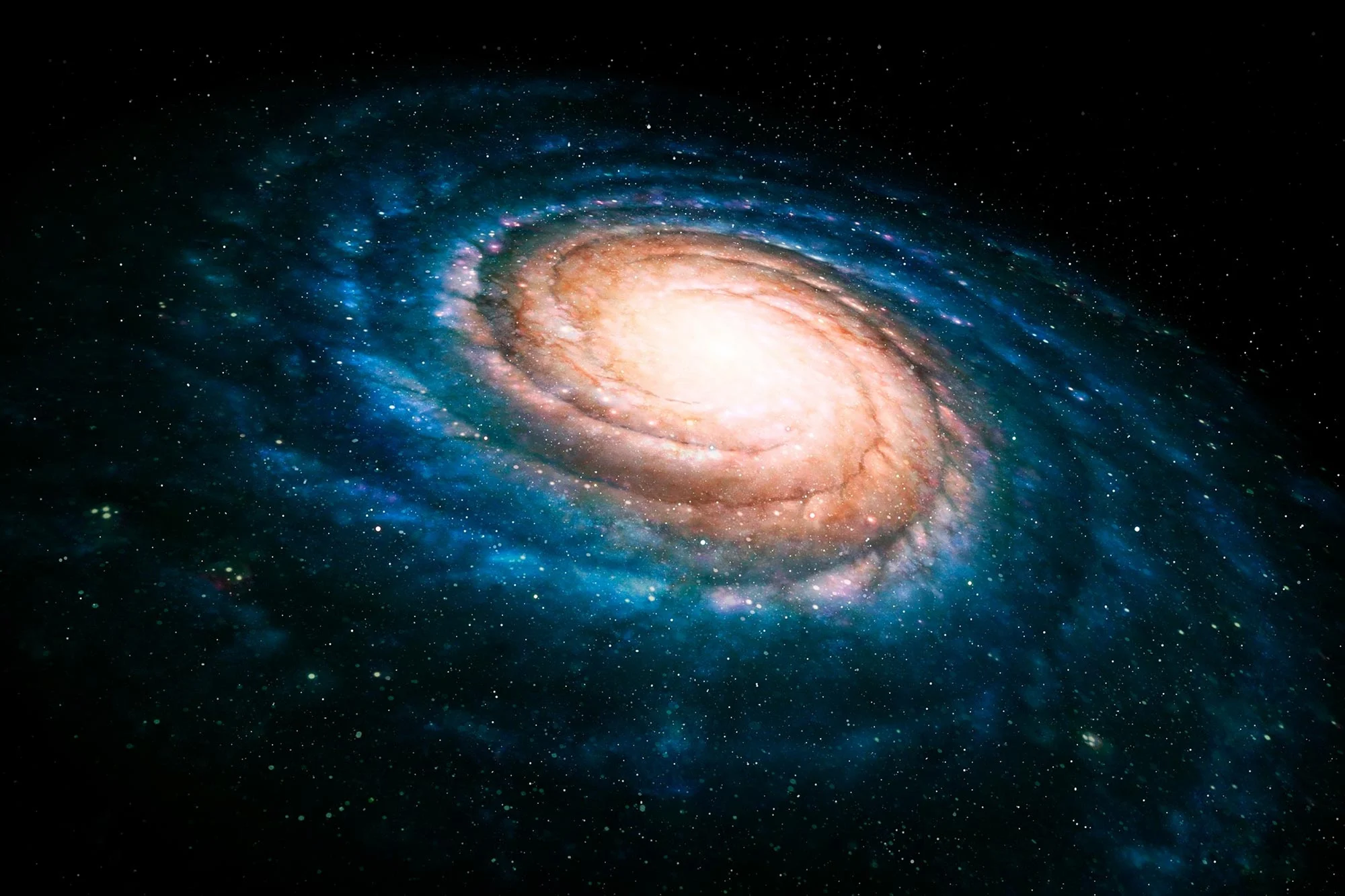TL;DR
Researchers have created a composite image showing dark matter’s role in linking galaxies, using data from 23,000 galaxy pairs located 4.5 billion light-years away. This discovery, through weak gravitational lensing, offers direct evidence of the dark matter web predicted for decades, moving from theoretical assumptions to measurable proof. The finding helps confirm dark matter’s critical role in keeping galaxies intact, at a time when some scientists are questioning its existence. Though still largely invisible, this breakthrough brings us closer to truly understanding the unseen forces binding the universe together.
Don’t forget to join the discussion below
__________
The idea of dark matter originated out of sheer necessity. Given the amount of matter we can observe, the universe shouldn’t be able to exist and function the way it does—this visible matter simply can’t produce the gravitational forces required to hold galaxies together. Dark matter offers scientists a solution to this problem. They suggest the universe must contain a type of matter that we are unable to detect, one that doesn’t absorb, reflect, or emit light—hence, a truly “dark” form of matter.
To maintain the accuracy of our scientific models, dark matter would need to make up more than a quarter of the universe’s total matter. However, what exactly constitutes dark matter remains a mystery, and attempting to find evidence for something invisible is a difficult endeavor. Until now, scientists have primarily relied on observing its gravitational influence as indirect proof of dark matter’s existence. But researchers from the University of Waterloo in Ontario, Canada, have gone a step further—they’ve produced a composite image that confirms galaxies are linked by dark matter.

Using a method known as weak gravitational lensing, the researchers gathered and merged images collected over several years to demonstrate the presence of dark matter. This composite image was built from data involving over 23,000 pairs of galaxies located 4.5 billion light-years away.
The Missing Universe Though we still don’t have a deeper understanding of what dark matter is made of, this image offers a concrete visual representation of its existence between galaxies.
“For decades, scientists have predicted the existence of dark-matter filaments connecting galaxies, acting like a vast web-like superstructure,” explained Mike Hudson, an astronomy professor at Waterloo, in a press release issued by the Royal Astronomical Society. “This image moves us from theory to something tangible that we can observe and measure.”
This image represents a crucial advance in validating the existence of dark matter and dark energy, especially at a time when alternative models are being proposed that argue against the need for dark matter altogether. It also brings us closer to comprehending dark matter’s essential role in binding the universe. The cosmos can be seen as a massive puzzle made up of countless pieces, and every time we connect more of those pieces, we gain greater clarity about the larger picture, bringing us closer to truly understanding the universe we inhabit.




